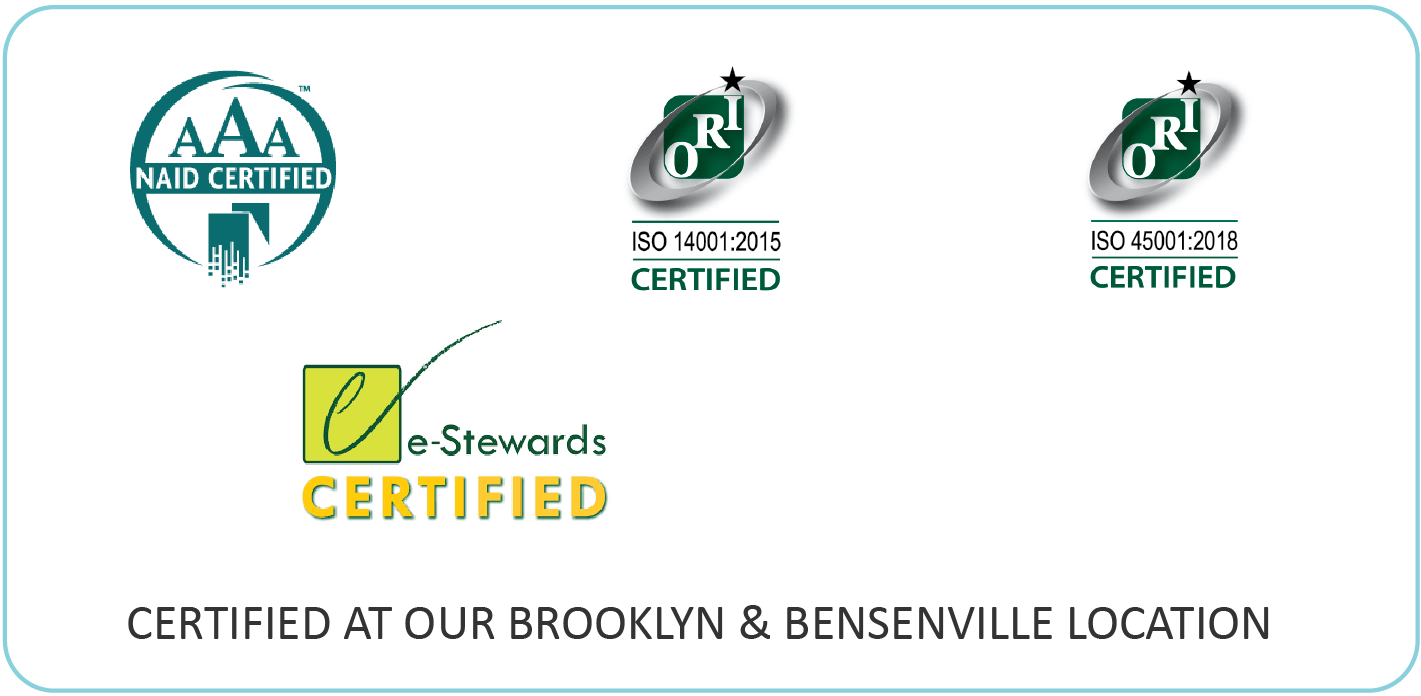Top 5 Data Security Best Practices

If there is one thing corporations can learn from the recent celebrity photo leaks it is that sensitive data can easily fall into the wrong hands if strict security measures aren’t put in place to protect it. But, as cloud-based computer storage is fast becoming standard operating procedure for many corporations, how can business owners be sure that their data is being adequately protected?
Here are five best practices that your company should be implementing in an effort to achieve more effective data security.
#1: Know Where Your Data Exists
Knowing where your sensitive data resides is one of the most important things you need to know, but because data is so frequently stored haphazardly in a number of different places, this can be a challenge. And, as the cloud becomes a more commonly utilized storage resource, knowing where your data is at all times can become even harder to accomplish. Therefore, initiating a strategy that allows you to know exactly where your data occurs in your infrastructure, both on site and off, needs to be an essential practice.
#2: Control the Release of Sensitive Data Outside of the Production Environment
Many corporations use external business resources that can require access to certain pieces of sensitive information. For example, if a corporation uses a call center to handle customer calls, then employees at the call center may need to verify a customer’s information before helping them with their issue. Sometimes, this means verifying their social security number. As you can see, giving an external resource access to your customers’ social security numbers is a nightmare waiting to happen. Instead, minimize you risk by only providing the call center with the last four digits of the social security numbers. By controlling the release of sensitive data outside of your production environment, you can greatly reduce the risk of someone within that organization stealing your data.
#3: Safeguard Your Data
Here’s something important that you need to know – your data risks aren’t just relegated to savvy hackers. All too often, data theft occurs from within a company’s walls. This means you need to have a process in place that allows you to monitor all database activity. This includes those within your company who have authorized access to the data. By initiating stronger safeguards and having an IT data security policy in place that outlines exactly which job positions are authorized to handle corporate data, you will not only be better able to identify external breaches, but unauthorized internal breaches as well.
#4: Keep Your Data Security Strategy Flexible
Every day new threats to data security emerge. Data sensitivity increases; employees come and go; hackers develop new tools and skills. In order to meet these risks head on, your data security strategy needs to be flexible. Don’t let your security practices fall by the wayside once you have your strategy engaged. Like a computer that constantly needs updating, your security strategy needs to be able to fill in any gaps that arise as trends change.
#5: Achieve and Be Able to Demonstrate Compliance
The federal government has strict compliance regulations when it comes to managing corporate IT assets. From the DOD’s data destruction recommendations to the EPA’s guidelines for handling and processing e-waste, a corporation needs to not only achieve compliance in these matters, but it also must be able to demonstrate compliance in the event that the company is audited.
If you are looking for a partner to help you reach your data security goals, then contact Liquid Technology today. We are a certified e-Stewards Enterprise, R2 certified, a member of NAID, and ISO 14001-certified. We offer best-in-class IT asset management services including computer liquidation, data destruction, e-waste recycling and disposal, and more. Call us today at 800-797-5478 to learn more about how we can help you with your sensitive data security needs.


